Forget the World Vision commercials or those Electoral Commission ads featuring the creepy orange man from many a 2am nightmare, both desperately pleading to you on the couch through their blatant disregard for the fourth wall — there is nothing in life that prompts me to action quicker than people who trivialize motorsport. So the idea of a motorsport-development programme based around sourcing drivers from a video game coloured me sceptical. I am, of course, talking about GT Academy.
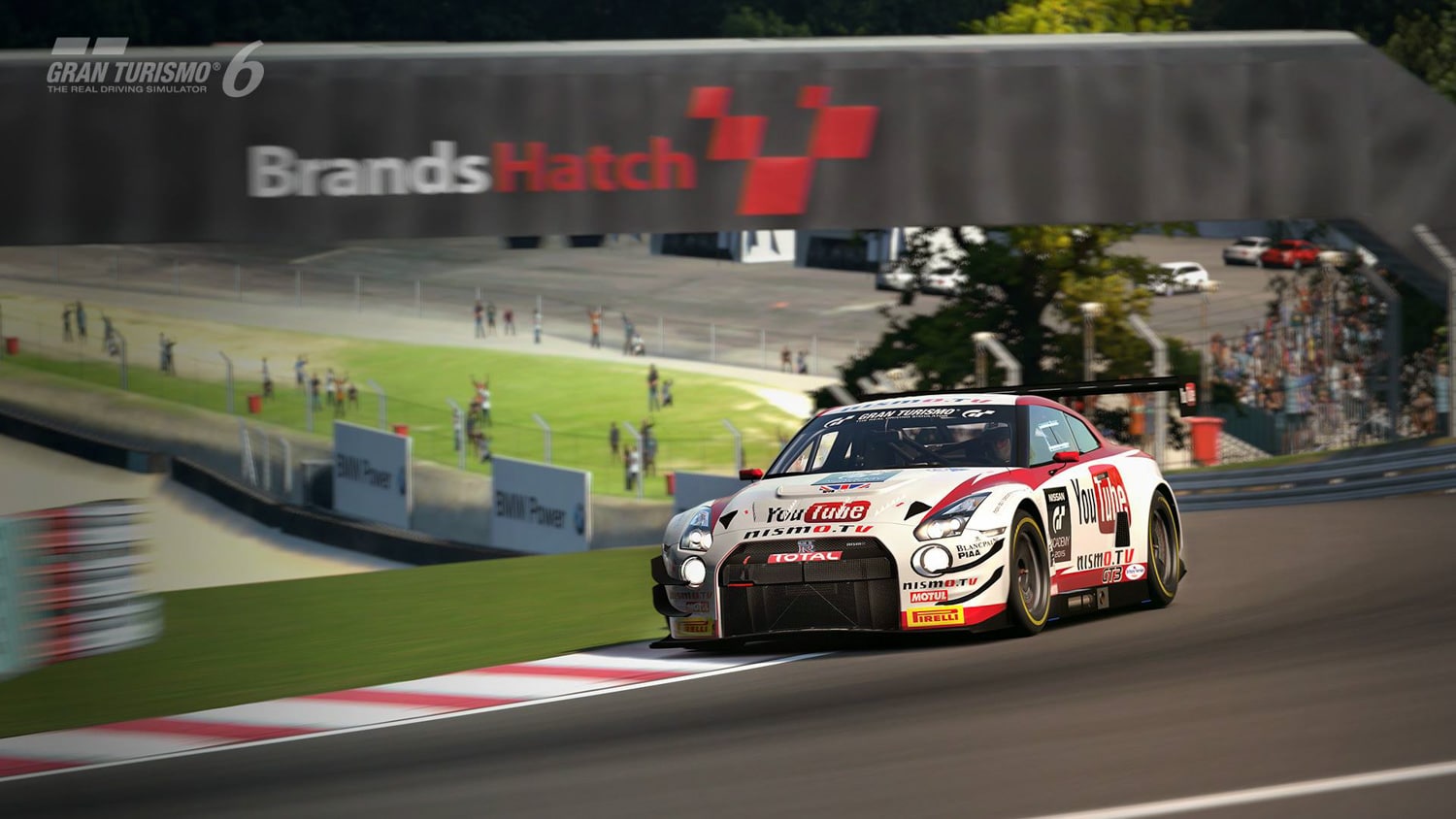
What’s GT Academy, I hear you ask? Well, in internet shorthand, it’s a reality game show created by Sony and Nissan, based on the Gran Turismo racing simulator video game, where winners are rewarded with a professional motorsport deal with Nissan Motorsport.
Need for Speed III: Hot Pursuit was my first introduction to video games. It was great — every car handled exactly the same, you could pull off some amazing late-braking manoeuvres by shifting from top gear to first gear in the blink of an eye, and the whole thing was layered onto a backdrop of fist-pumpingly generic ’90s techno music. Absolute bliss, especially after a day of school.
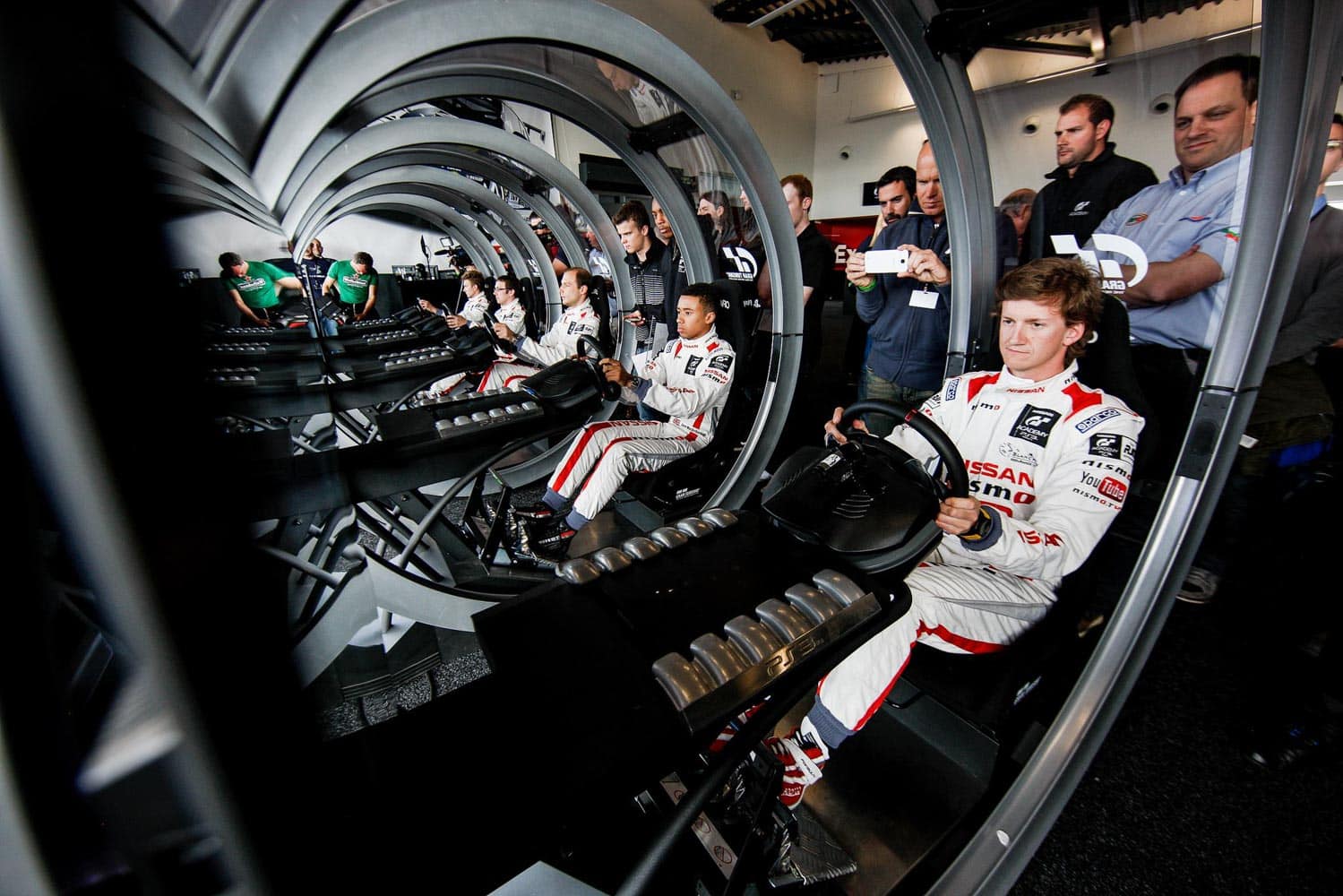
Of course, since then, racing games have evolved to an incredible degree. The lovable pixelated imperfection of yesteryear has been replaced with beautifully crafted graphics, combined with realistic handling to match — advances like these edging the player closer and closer to thinking that they really could hop into an actual McLaren P1 and nail a lap of Laguna Seca. After all, if you know where the braking markers are, and where the grip is, how hard could it be? This is the idea that GT Academy taps into, that the skills you learn sprawled across the couch on a Sunday afternoon can be utilized in a real-world, real-race scenario — where there’s no restart button in sight.
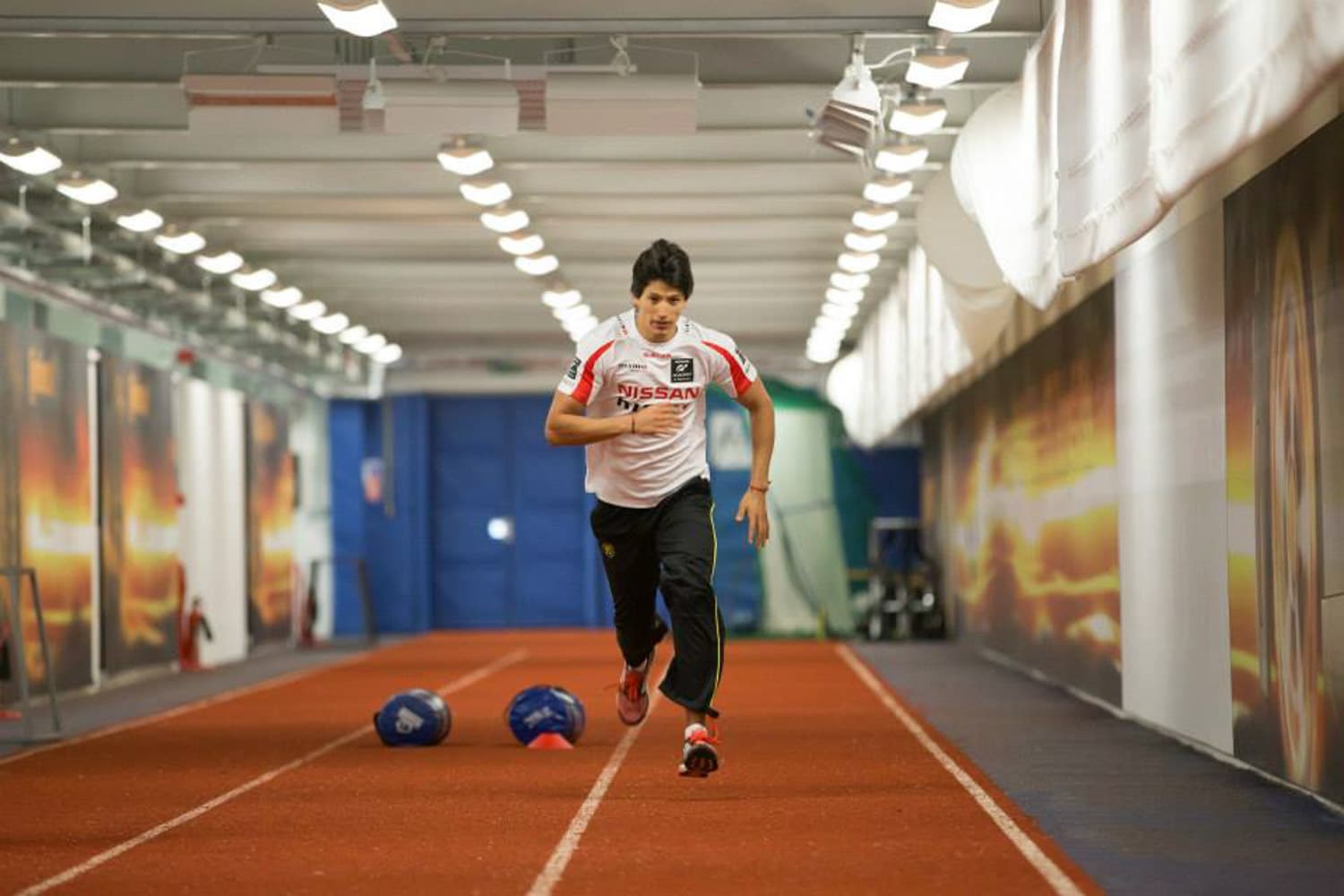
The show’s process plays out in four phases. First is the open qualifying stage, where players from around the world are given a set challenge in Gran Turismo, utilizing a Nissan from the game at a particular racetrack to set a particular lap time. From there, the best from each participating nation are grouped into national finals, where they will undergo a series of tests — including personality, physical, vision, health, and, of course, driving tests. National winners are then flown from around the world to England for the third phase, where they all enter a week-long ‘race camp’, which repeats and magnifies many of the challenges from the national phase. The race camp ends with a final crucial race between the fittest and most proven finalists, with the victor of the race ultimately crowned the winner of the whole shooting box.
The winner is plucked from their humble desk job and their inevitable assortment of cats, and inserted into Nissan Motorsport’s international framework for phase four: driver development. This is done through RJN Motorsport, Nissan’s own factory squad who campaign at both a club and pro level in championships all around the world. They then get a period to prove themselves to Nissan, and to the world.
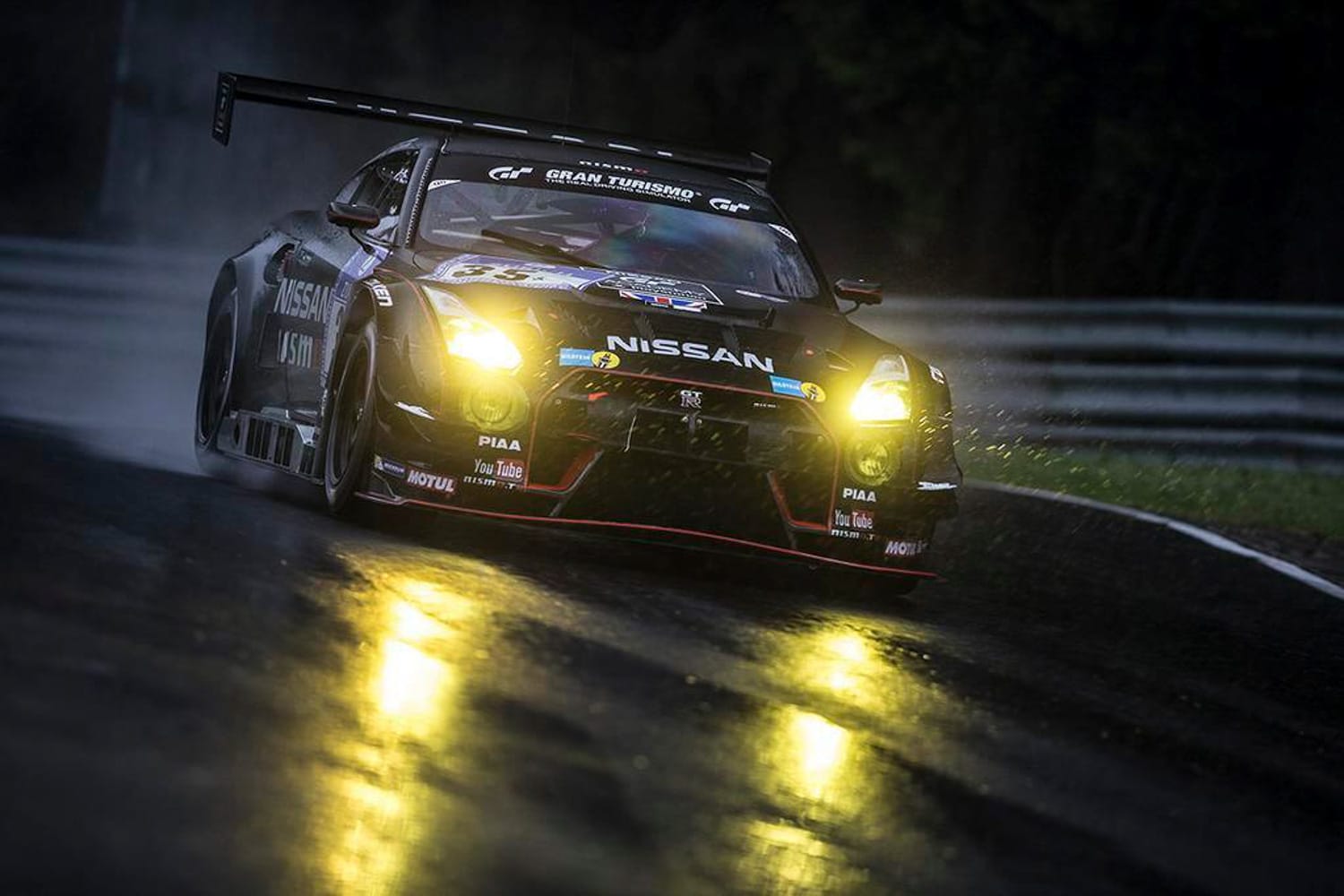
Has the programme generated talented drivers? Absolutely. Following a successful birth to the squad, series one winner Lucas Ordóñez finished second in class at his 24 Hours of Le Mans debut in 2011. Jann Mardenborough continues to impress in GP3, after cutting his teeth in an extensive open-wheeler programme that included a season in New Zealand’s own Toyota Racing Series. And this year’s Liqui-Moly Bathurst 12 Hour event was won by a Nissan GT-R piloted by two previous winners — Wolfgang Reip and Florian Strauss, who both probably had their respective wins in the bag as soon as they signed up, for simply being blessed with two names that were simply made for car racing.
But there’s still plenty of doubt surrounding how much weight we can throw behind the category. And after Australian Matthew Simmons was crowned the 2015 champion, some of that doubt spilled onto social media.
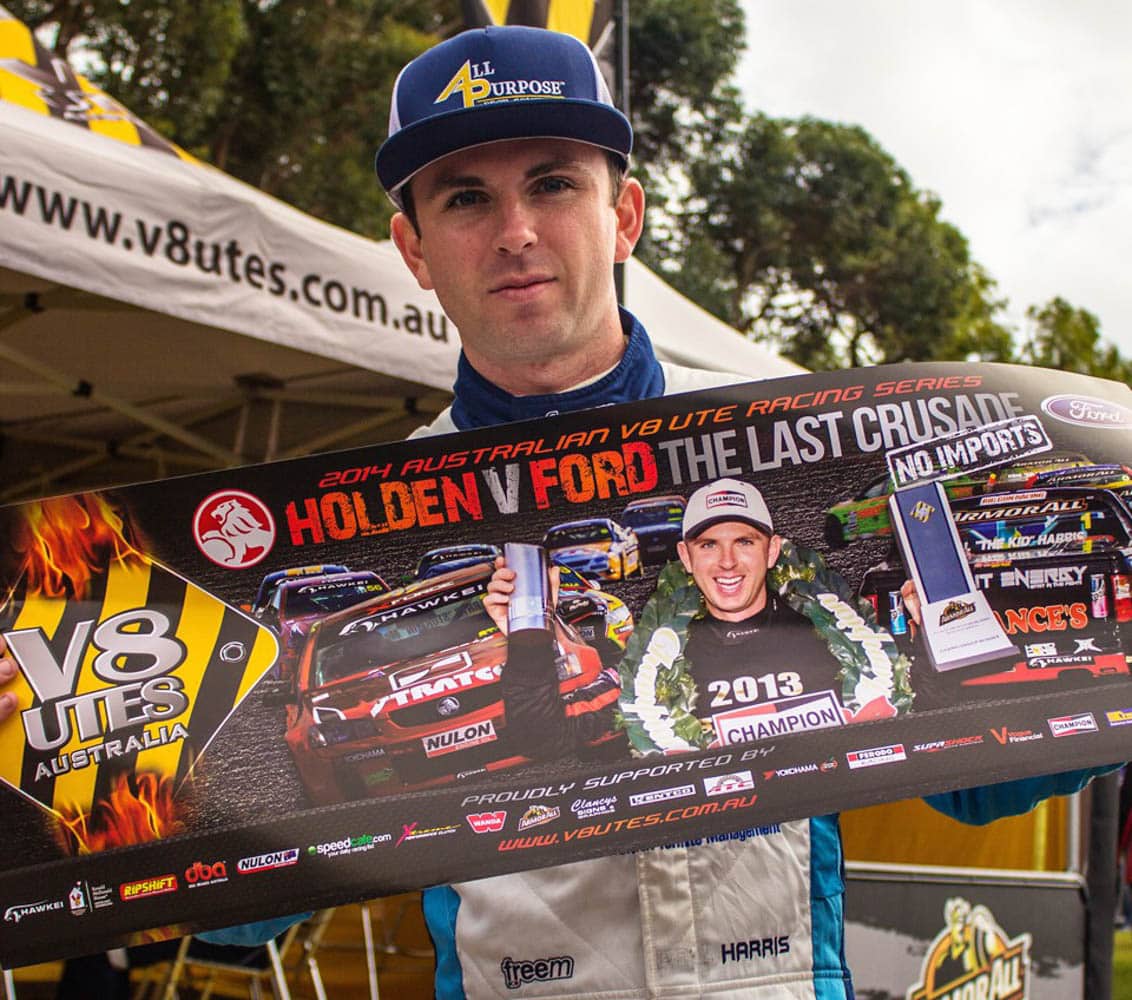
Ryal Harris is an Australian race driver based in Queensland’s Gold Coast. In the space of two years, 1998–2000, he won 14 karting championships. After his skills were noticed by touring car–legend Dick Johnson, he made a transition to racing in the Australian V8 Ute Series. He’s since become the most successful racer in the series, accumulating 35 race wins and two championship crowns over his career — more than anyone else in the category’s history. But despite his clear ability, he still struggles to arrange the budget necessary to race in a championship like the utes — let alone a class like the V8 Supercars or Dunlop Development Series.
“The hardest part for me has been the constant chasing of sponsors, keeping the current sponsors happy, and making it all work for everyone. It feels like a never-ending battle to just make the grid sometimes — I have learned to network that’s for sure,” Ryal said.
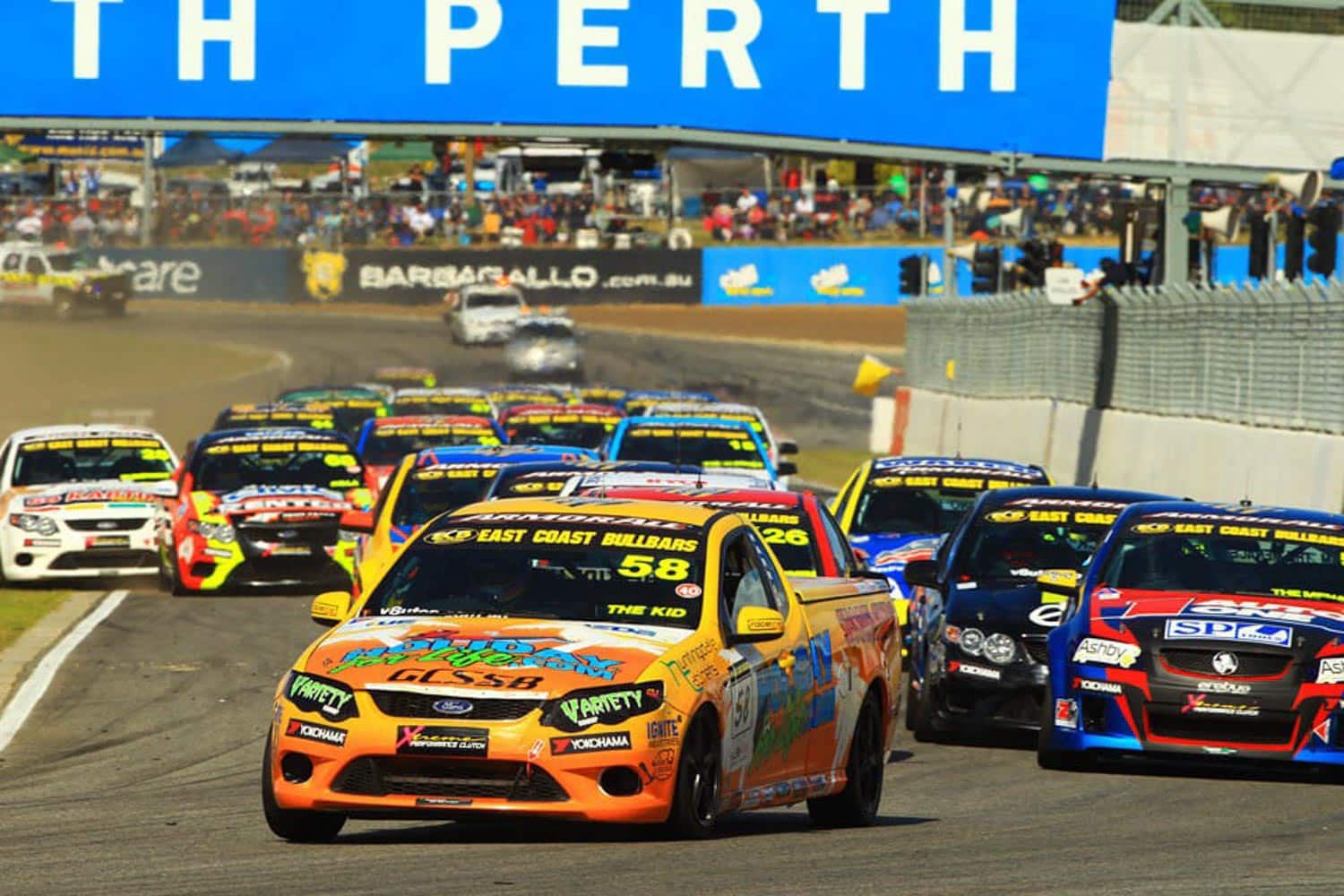
Ryal’s Facebook page is a hotbed of social media hilarity, and it hit new peaks when the driver labelled GT Academy “a joke” and a “slap in the face” of those still trying to forge a career in the sport for themselves through traditional avenues. Naturally, the response from both sides of the fence was passionate, neither group mincing their words. “Instead of choosing the right (hard) path, a path made of principle, that leads to character, [Academy winners] get this amazing opportunity [of] playing video games. Well, they have never chased sponsors, raced karts and come up through the ranks, their parents did not go without when they were younger to support them … I just think it is a slap in the face for the people who chose the right path, who put in the hard yards and continue to do so,” Ryal told us.
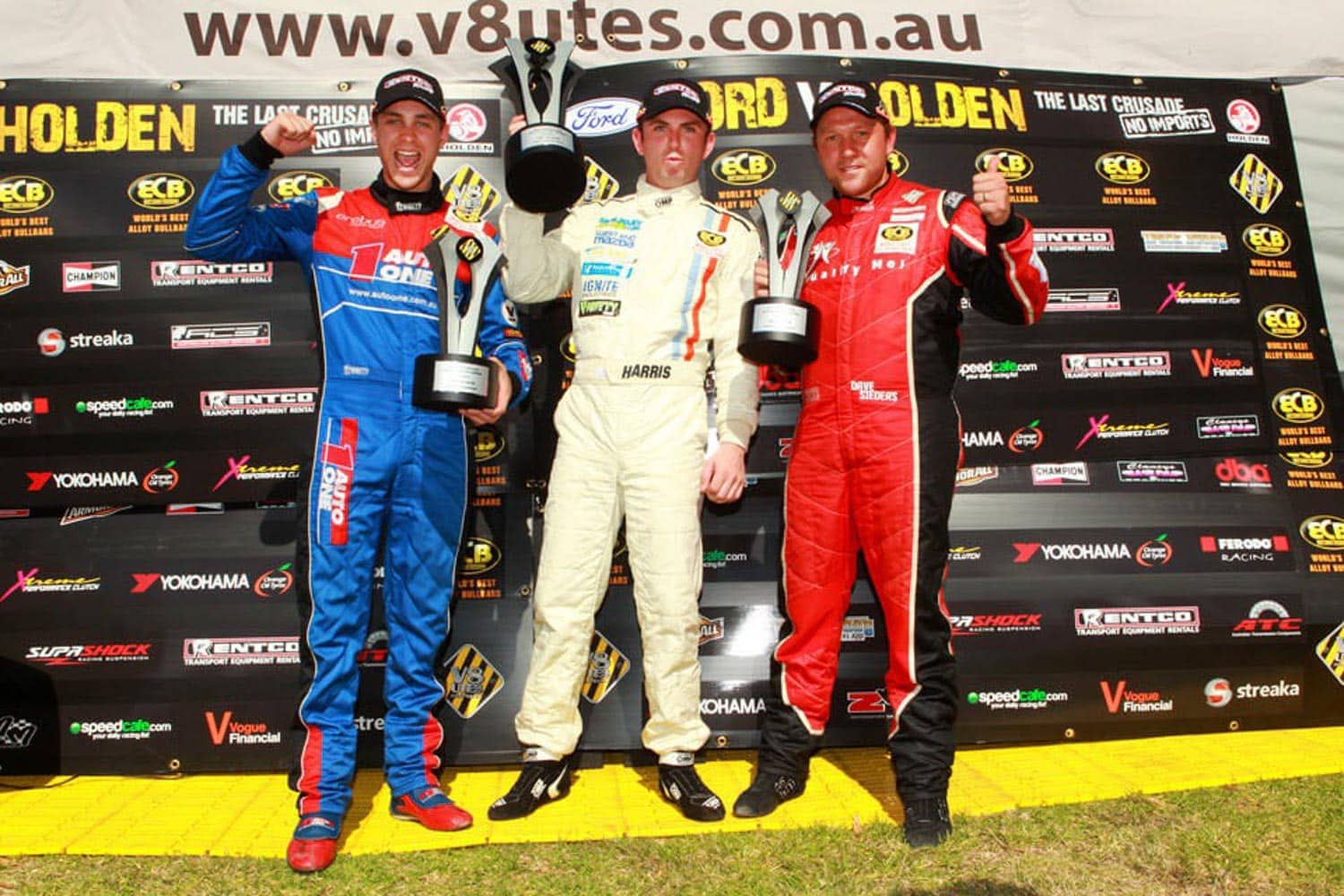
He has a point. It’s a wonderful idea — that the average person could get an opportunity like this. But there’s so much more to becoming a successful professional race driver in 2015 than simply having the talent. You have to be extremely knowledgeable in the world of public relations, you must have a significant injection of cash following your every move, and, above all else, you need to be determined. It’s a special brand of determination too, one that is gained through years and years of training, trial, and error through karting, Formula Ford, and other such feeder categories. And it’s something that is only going to become more necessary as motorsport shifts further towards being completely based on money.
“To put it bluntly, you do not just get picked up any more. I do not care what anyone says, you need a whole lot of money and backing to make an impact on the current crop of team owners. You have guys moving up through the categories without even winning races or championships!”
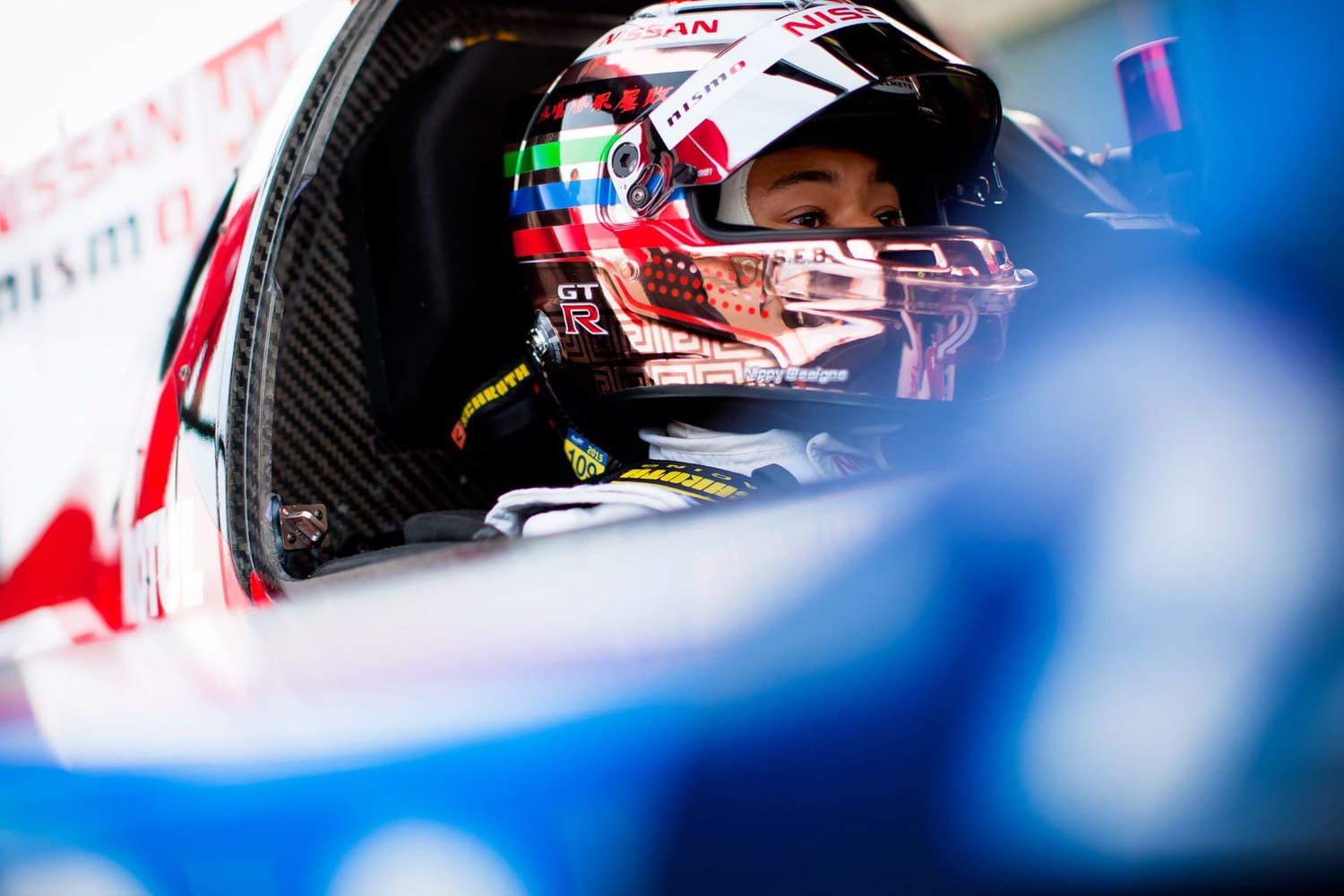
I worry a little about those who’ve won. Most of the winners from the show’s seven years of activity are still part of Nissan’s racing fold. Part of me is concerned about what will happen to their careers as soon as Nissan fills their slot with the next hotshot winner. Jann Mardenborough’s doing well, casting a nice wide career net for himself by straddling competition across the GP3, GT3, and LMP1 disciplines. Should he be dropped from Nissan’s stables tomorrow, I’m sure he’d be capable of securing full-time work elsewhere. But I’m not sure I can say that for the rest of them.
I’m not knocking those who’ve won GT Academy, not at all. But I’m not convinced as to whether the programme teaches the next generation of aspiring racers the right message — and they’re ultimately the people who will be the most influenced by the show. It trivializes the sport, and, as you well know, I hate it when that happens.
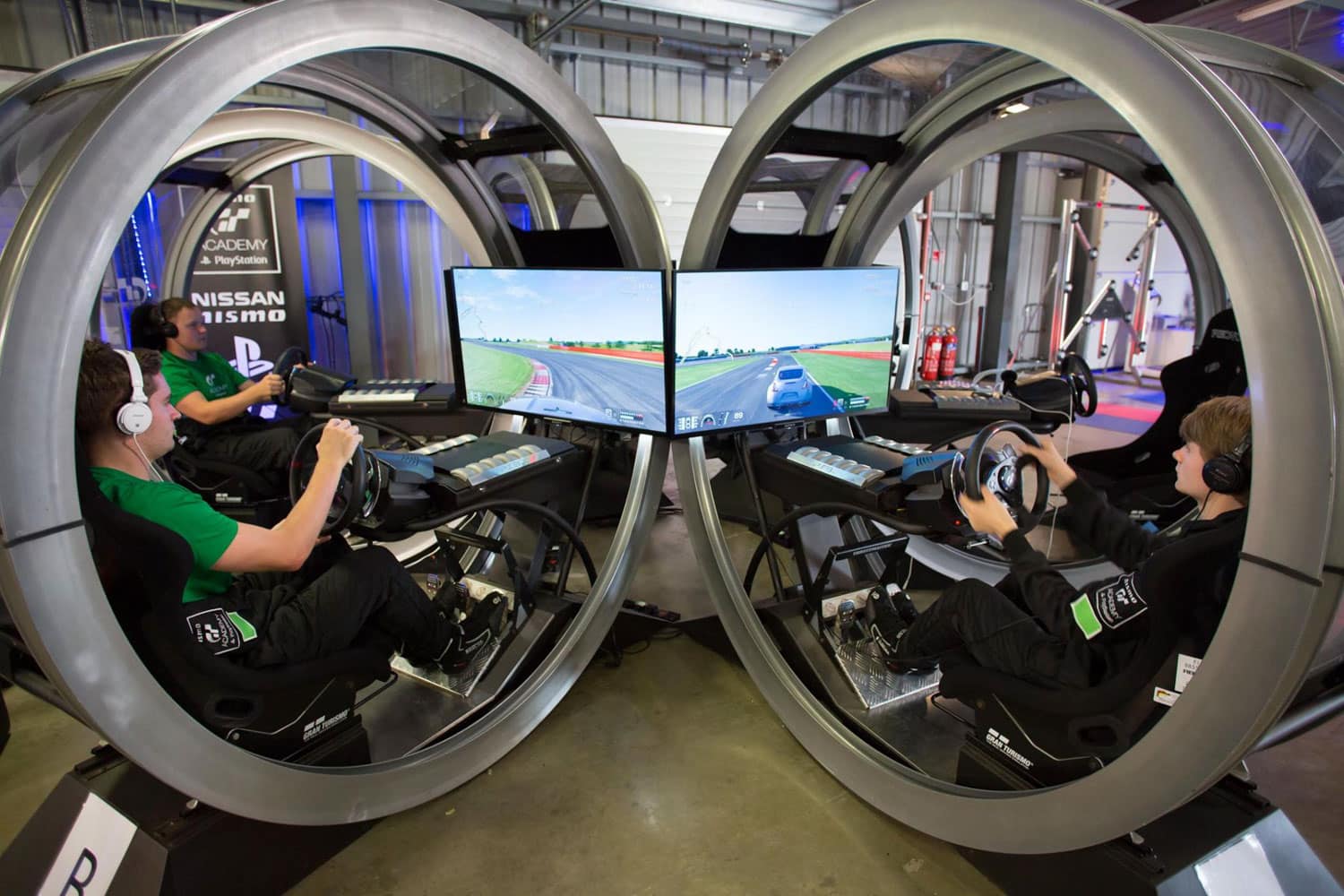
By all means, support those who come through the programme. You can even apply for it if you really want to — I probably would if I could afford to add another hobby to my already extensive list. But don’t spread the idea that it’s the future of racing. You’d be doing us all a disservice.




